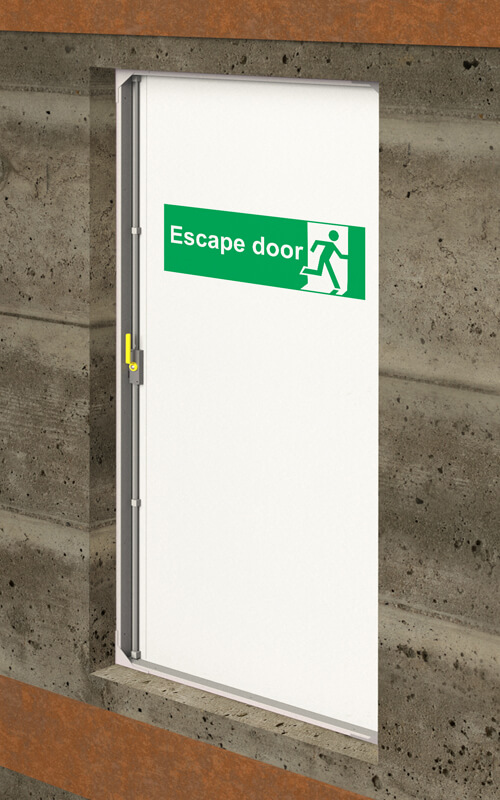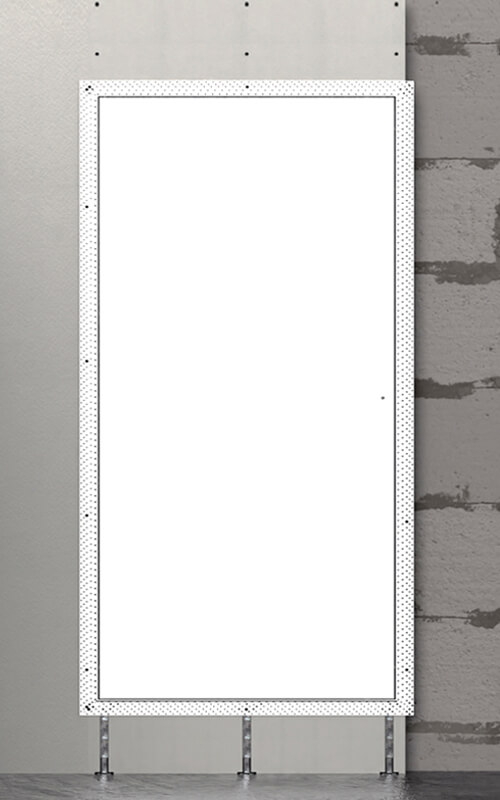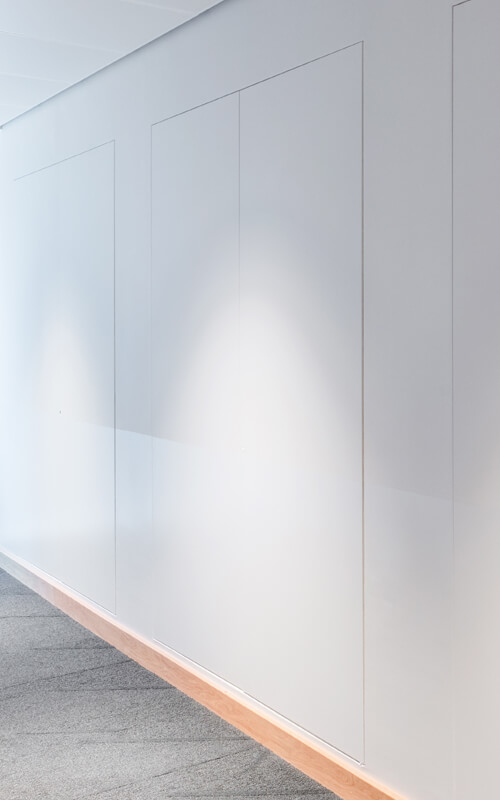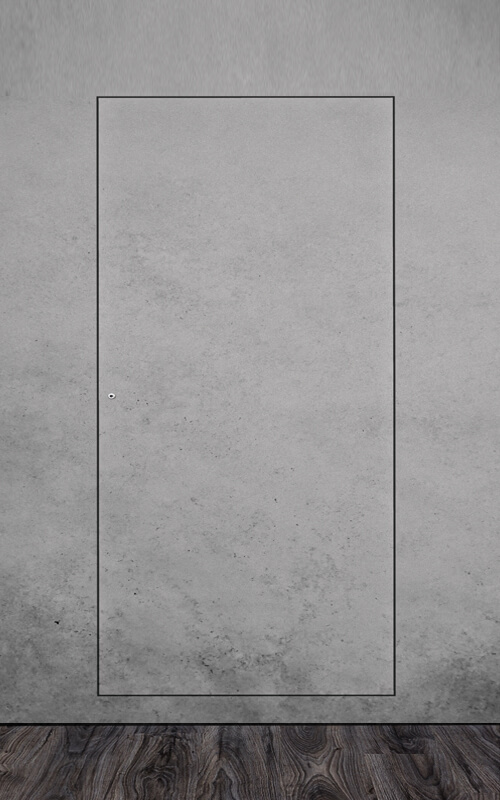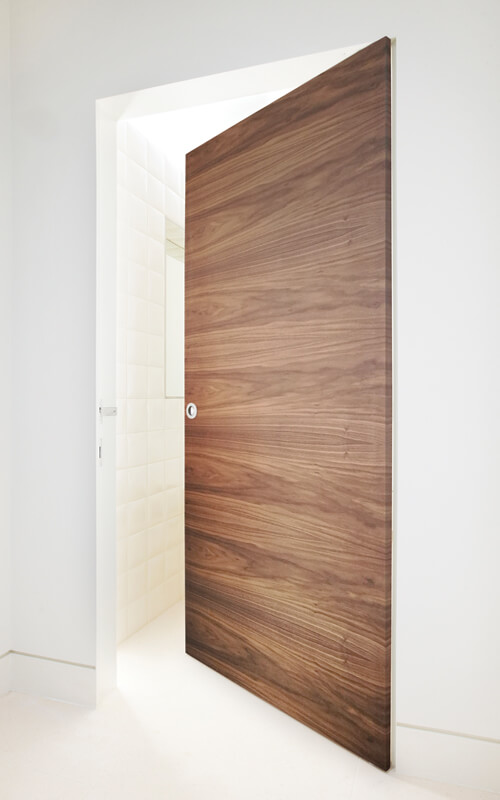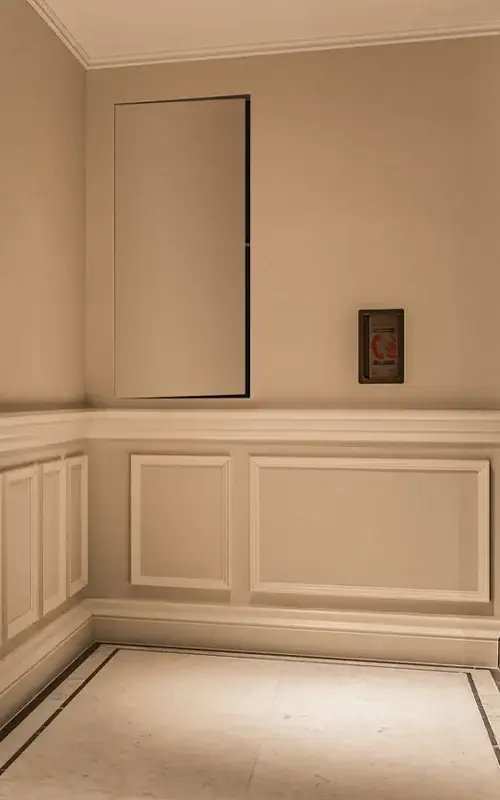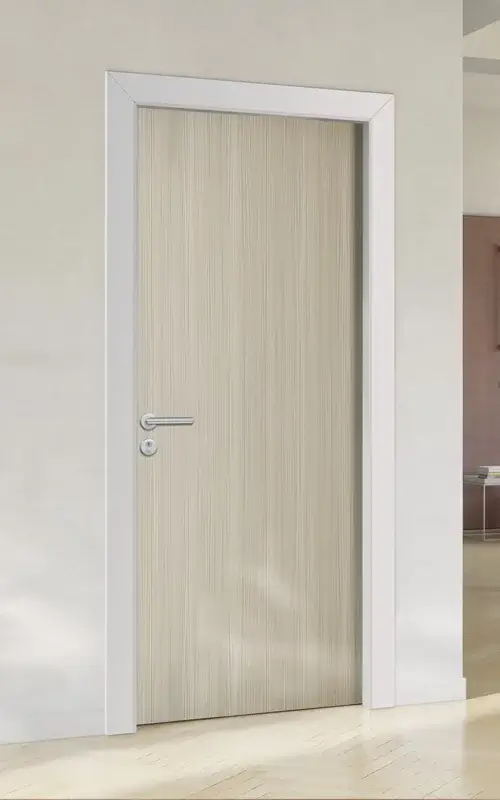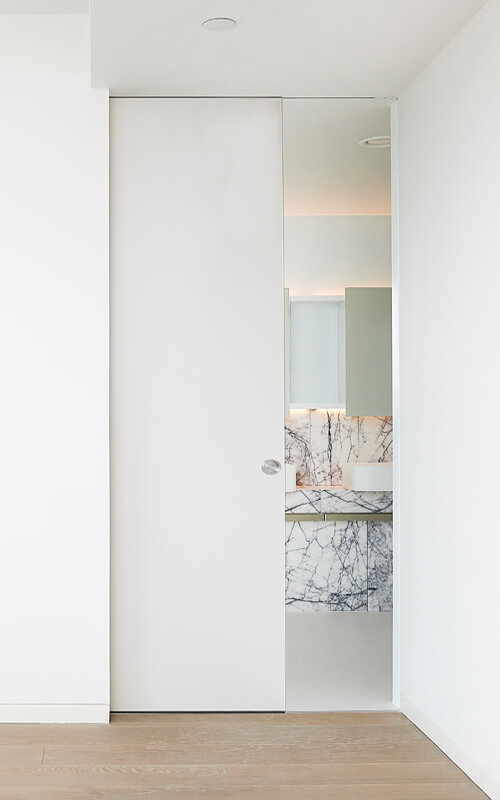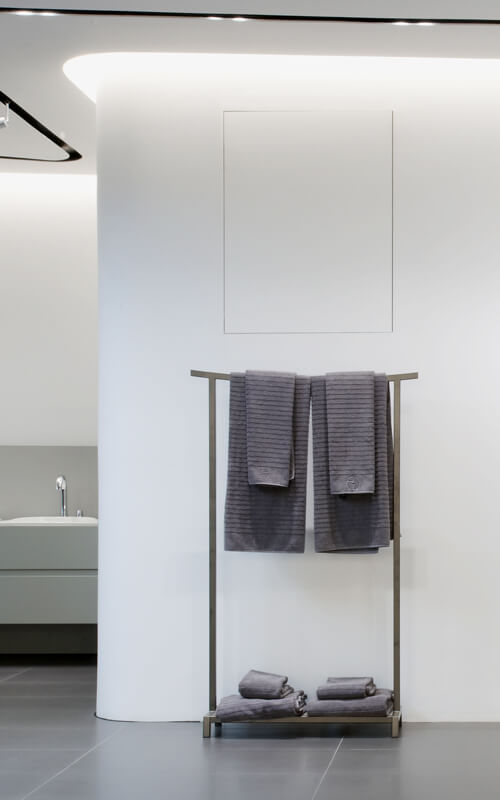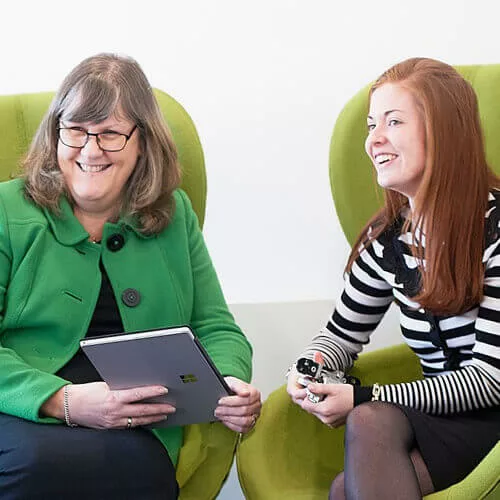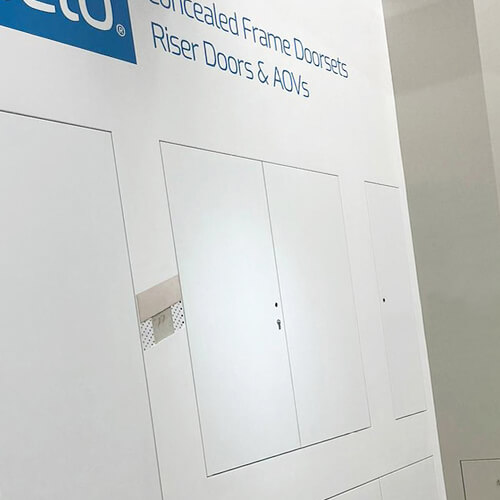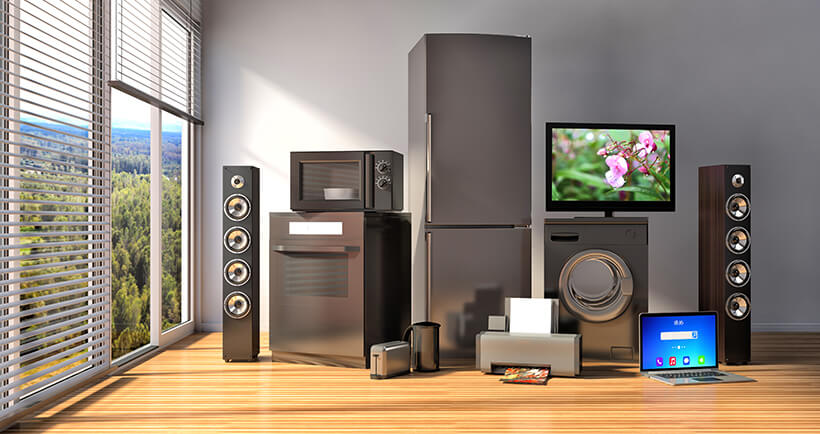
The technology of 2016 is the stuff of 1980s science fiction, with video calls on portable flat screens and virtual reality in video games. Technology has enriched our lives in many ways, bringing people closer together and making information and entertainment easily accessible. Despite this, there is a feeling that our lives are becoming over-saturated with technology and that we are becoming less engaged with our surroundings and our loved ones.
Digital Detox
The phrase ‘digital detox’ recently hit the headlines in the UK, as concerns grow over the health effects of living in our multi-screen world. Such is the encroachment of technology into every aspect of home like, pediatricians have advocated that parents impose tech free zones and times upon their children, such as the bedroom and meal times.
This concern has begun to inform the world of design, with a growing trend among home-owners of consciously limiting the time they engage with their screens.
Technology holds a tight grip over the home, one that seems set to tighten further with the growing adoption of the Internet of Things. This domination began with the rise of the TV. Gradually this bulky box took the place of the fireplace as the heart of the home, the sun at the centre of the living room, around which all other furniture orbited. The TV in turn is in danger of being overhauled by the wealth of other devices vying for our attention: the tablet, the smartphone and the laptop.
The Tech-Free Living Room
Enter the ‘tech free living room’, a space designed for interaction and conversation as well as living. Such spaces call to mind the ‘parlour’ of the 18th and 19th centuries, areas designed for interaction, for social gatherings and mutual entertainment.
Going tech free allows you to liberate your living room from the tyranny of the TV. Enabling you to rethink the whole layout and design of the room, and to re-organise it upon a completely different axis.
Designer Cindy Rinfret says that the most important thing to consider in this scenario is that “the furniture is to scale and arranged so there can be real conversation areas’.
Shea Homes provides a number of useful pointers on creating conversation area layouts. They suggest that you leave space around furniture in walkways for ease of movement, that you arrange chairs no more than six feet apart, and that you focus on the ‘flow’ of your furniture (no chairs alone in the corner for example).
In terms of furnishings, The Dabbieri Collection recommend that ‘soft, plush couches, with a focus on accent pillows rather than breakable accent pieces’ compliment a family focused tech-free living room. For a more formal look they propose using ‘luxurious and intricate pieces of work, with furniture having hard, clean lines.’
Making the tech-free transition also allows you to think seriously about incorporating a staple of the old parlour into your living room - the piano.
Design denizens Houzz advise that you design your space around your piano. This will make the piano the focal point of your room, and will allow you, your guests and your family to enjoy it visually as well as audibly. They also recommend painting the walls to compliment your piano, with brightly lit colours contrasting nicely with the dark ebony of the instrument.
Designing a tech-free living room is likely to be a challenging but highly rewarding endeavour. If you are considering going down this route then we hope that this article has given you a few ideas on some of the exciting possibilities available to you.



